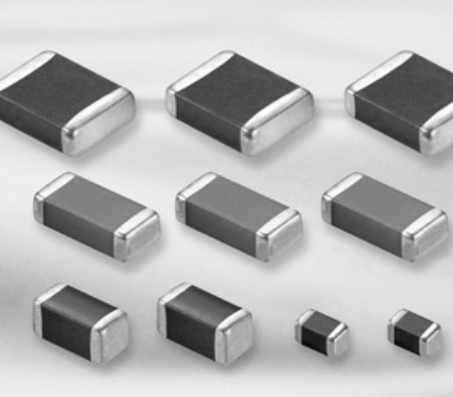Safety capacitors stand out as AC capacitors, distinguished by their approval and testing from national authoritative agencies. These components, crowned with safety certification and adorned with various international certification marks, epitomize reliability in the electronic world. This article delves into the nuanced composition and distinct characteristics of safety capacitors, alongside a closer look at the X and Y capacitors.
Central to safety capacitors are five fundamental parts: the dielectric, electrode, casing, package, and pins. The dielectric usually employs polypropylene film, while the electrode boasts a metal vacuum evaporation layer. The casing? Often a flame-retardant PBT plastic (UL94V-0), providing robust protection. The package part typically utilizes flame-retardant epoxy resin (UL94V-0), and the pins are crafted from tinned copper-clad steel wire. This amalgamation of parts forms the backbone of a safety capacitor's performance and safety.
The X capacitor, a subtype of safety capacitors, generally chooses metal film capacitors, often favoring polyester film versions. These capacitors are known for their high ripple current resistance and sizeable volume, enabling large instantaneous charge and discharge currents with minimal internal resistance. Notably, the use of plastic-encapsulated square high-voltage CBB capacitors in X capacitors can effectively mitigate high-frequency pulse impacts on the power supply, thus enhancing circuit stability.

On the other hand, the Y capacitor, another safety capacitor variant, usually opts for high-voltage ceramic capacitors. Positioned between the phase line and ground line, the Y-shaped capacitor typically possesses a value of a few nF, adhering to safety standards by limiting ground line leakage. Y capacitors are crucial in jumper wires, particularly in environments with significant noise interference. The Y1 capacitor, double-insulated, serves to bridge primary and secondary sides. In contrast, the Y2 capacitor, single-insulated, provides primary-side to ground protection (FG line).
It's important to recognize that while the X capacitor falls under the CBB capacitor category, not all CBB capacitors are suitable replacements for the X capacitor. In contrast, the Y capacitor, a high-voltage ceramic type, does not belong to the CBB capacitor category. This distinction underscores the specialized nature of safety capacitors in electronic circuits.
